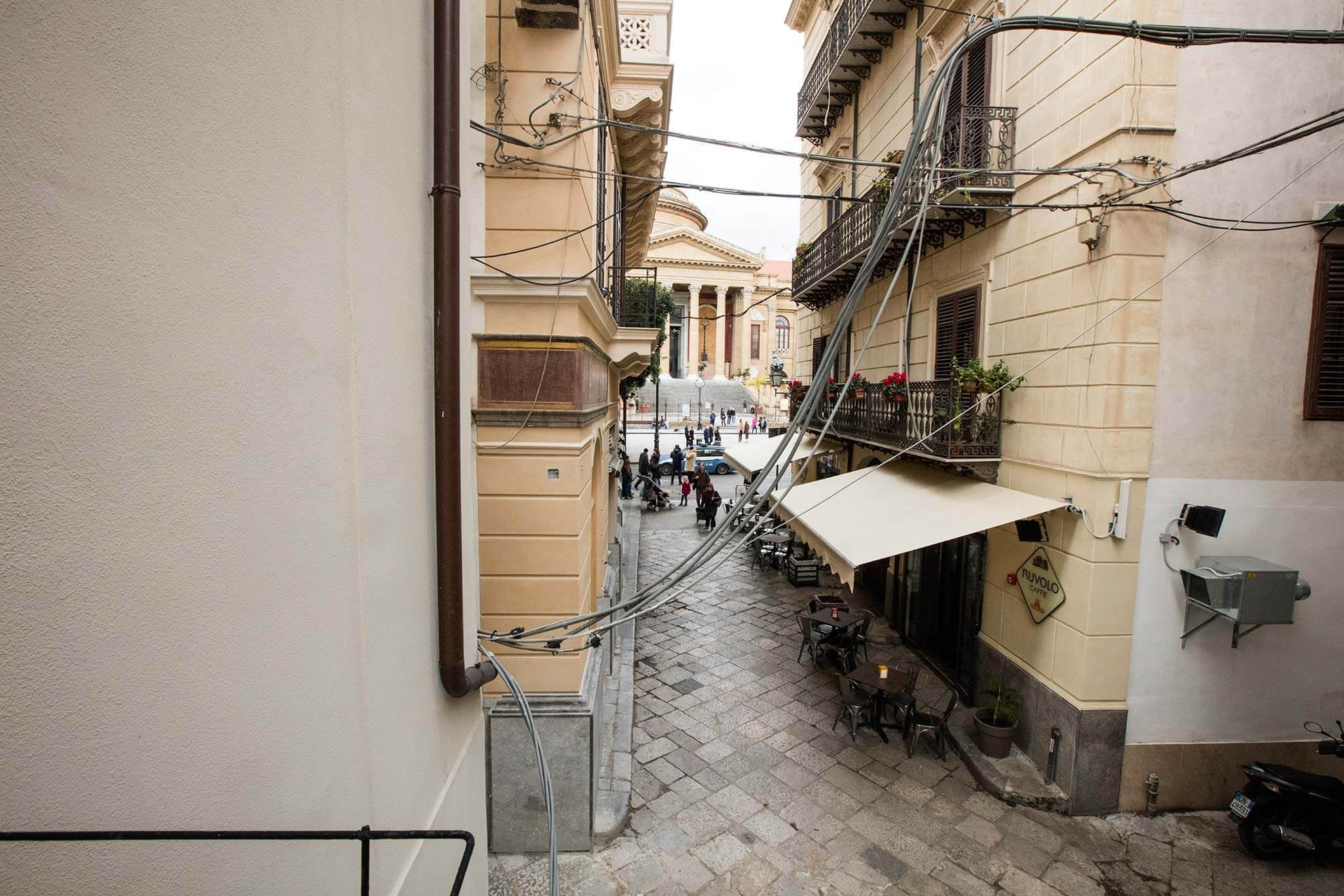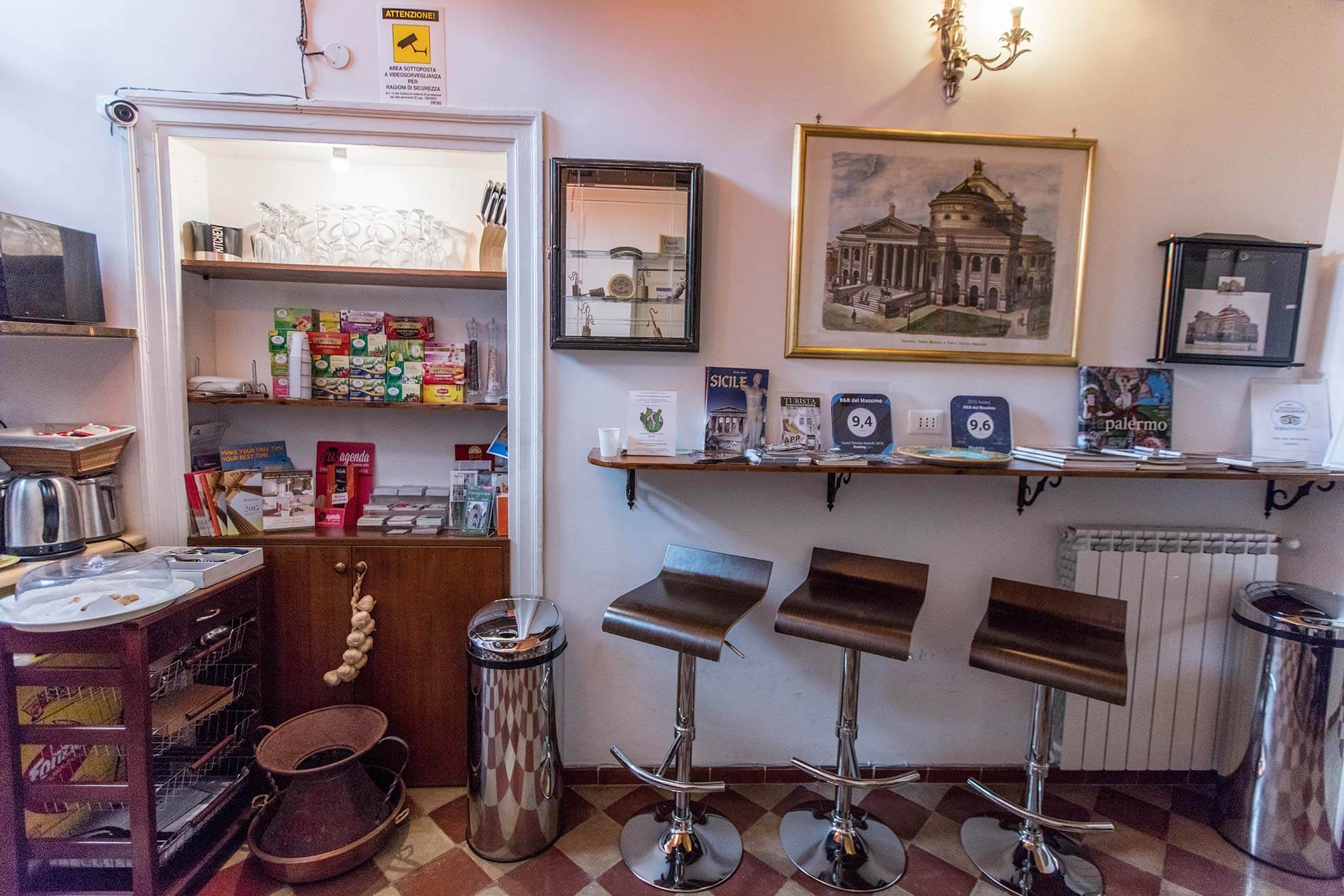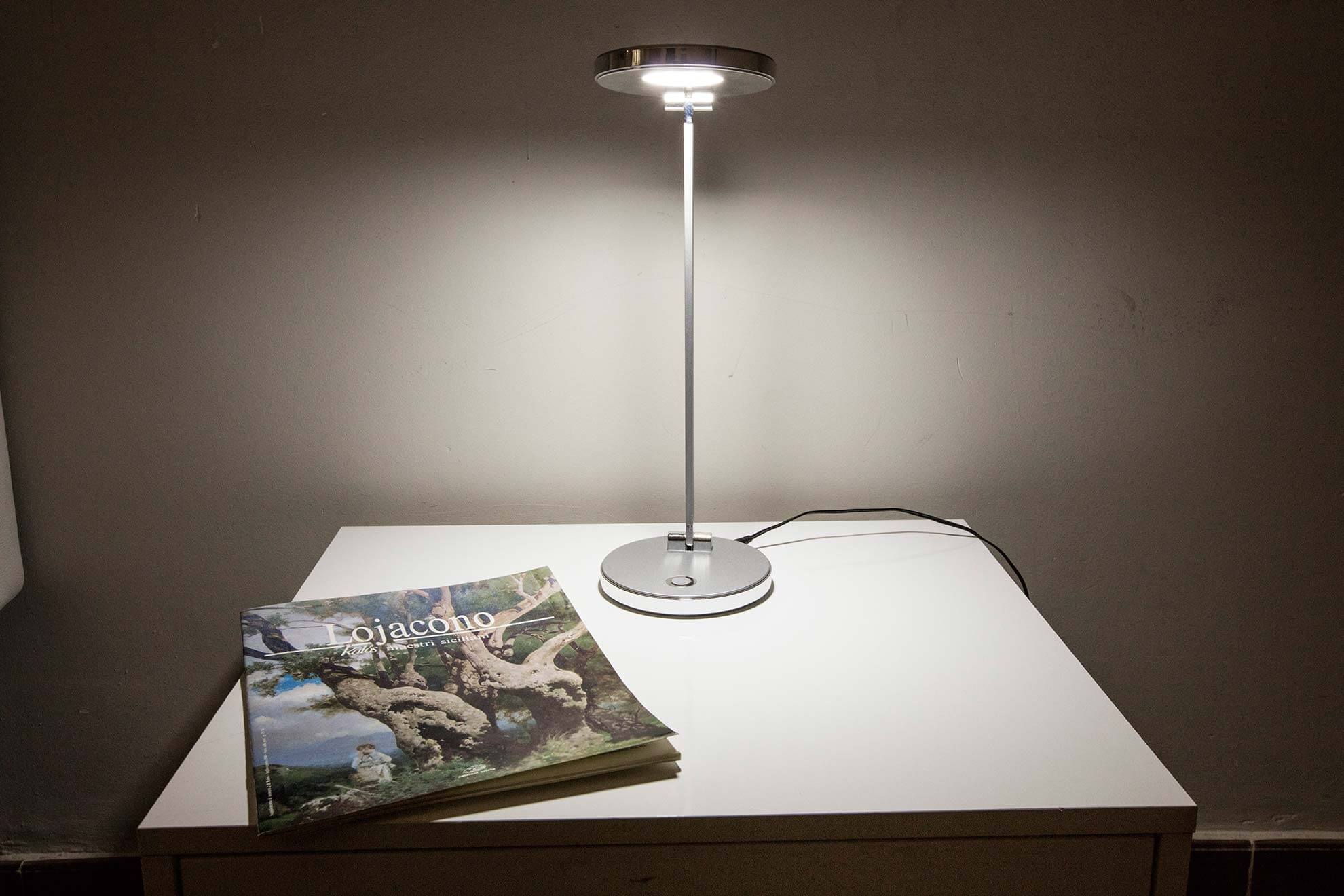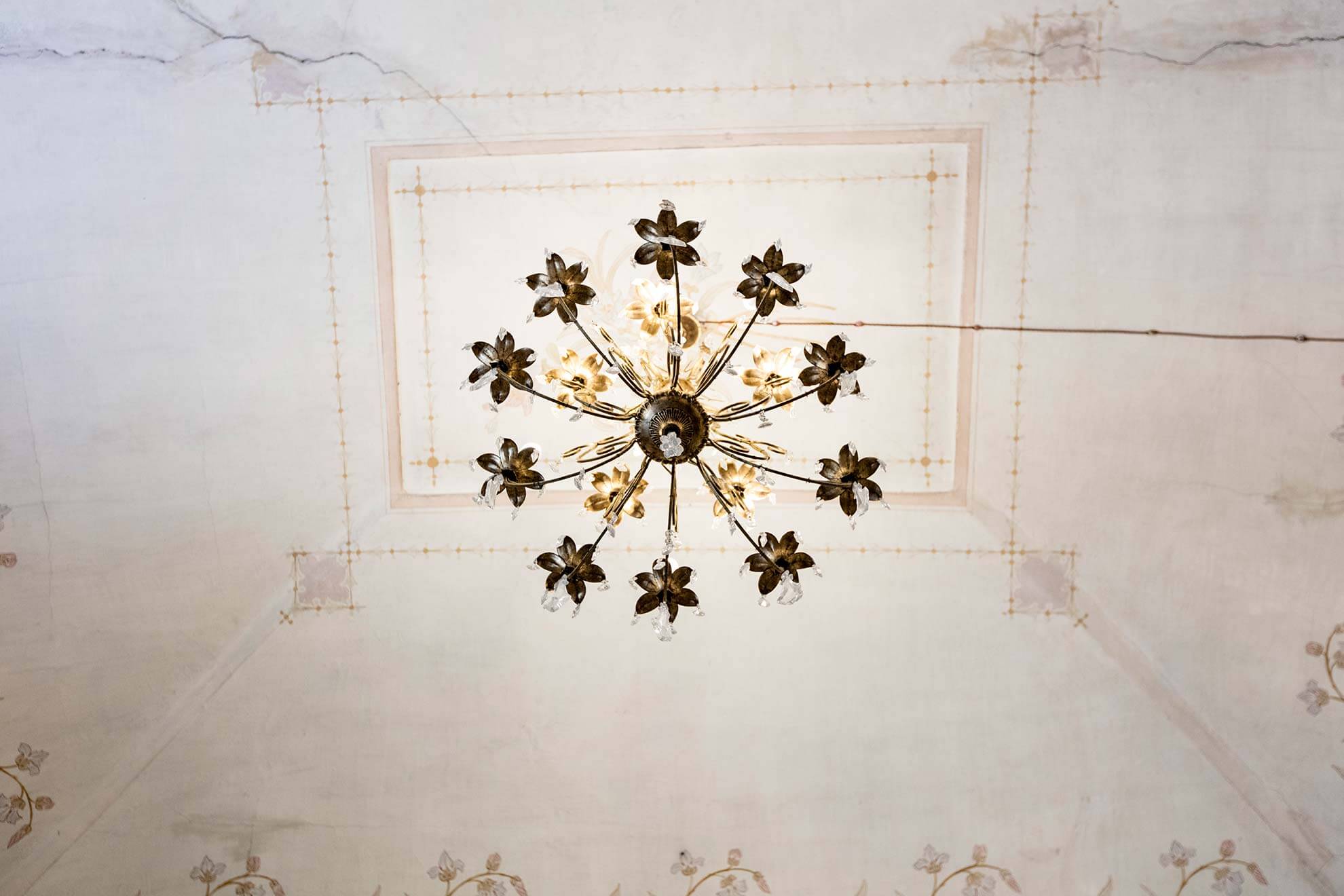Via Maqueda and its extensions
Today via Maqueda and its extensions (via Ruggero Settimo and via Libertà) are the most important roads of the city. The Count of Maqueda, viceroy of Sicily, inaugurated this road in the 16th century, thus promoting the development of the current ortagonal planimetry of the Palermo’s historical centre. Lined by a number of aristocratic palaces, the Cassaro (today corso Vittorio Emanuele) was the more prestigious artery of the city, connecting the old port and the arabic quarter known as Kalsa to the cathedral and the royal palace (today also known as Palazzo dei Normanni). The intersection between the Cassaro and via Maqueda led to the establishment of the Quattro Canti, near piazza Pretoria and the town hall. This intersection therefore became the geographical and political centre of the early modern Palermo, also influencing the development of the four quarters of the historical centre.
The extensions of via Maqueda are luxurious roads: via Ruggero Settimo and its arcade, and via Libertà with its tree-lined boulevard and its parks and gardens (villa Garibaldi and the grandiose giardino Inglese). These elegant roads may be considered as the heart of the new city, ideal for having a drink or for shopping.
Historical place of interest within of 500 metres
There are several sites of historical interest within 500 metres from the B&B, among them:
the Museo archeologico Salinas, which includes one of the richest collections of Phoenician and Greek art in Italy, is situated in the Oratorio di San Filippo Neri, a building dating back to the 16th century;
the church of Sant’Ignazio all’Olivella, which is considered one of the most sumptuous examples of the Palermo’s Baroque;
the Post Office (Palazzo delle poste) in via Roma, a grandiose building influenced by the rationalist architecture of the 1920’s, with the interior in a futuristic style;
the barracks of the Fire Brigade (Caserma dei vigili del fuoco), another 1930s building in a rationalist style;
place Ruggero Settimo and the theatre Politeama Garibaldi, designed in 1866 by Giuseppe Damiani Almeyda in a classical style. It was completed for the national exposition of Palermo (1891).




